50 pages • 1 hour read
Nathaniel HawthorneRappaccini's Daughter
Fiction | Short Story | Adult | Published in 1844A modern alternative to SparkNotes and CliffsNotes, SuperSummary offers high-quality Study Guides with detailed chapter summaries and analysis of major themes, characters, and more. For select classroom titles, we also provide Teaching Guides with discussion and quiz questions to prompt student engagement.
Background
Literary Context
The Gothic genre, sometimes also referred to as Dark Romanticism in the North American literary tradition, developed in English literature in the late 18th century as part of the wider Romantic reaction against the rationalist and scientific focus of the Enlightenment. Romantic writers and artists valued emotion and intuition above reason and logic. They believed in an inherently pure and positive nature of humankind that is corrupted by social conditions and expectations. Nature, in this worldview, plays an important role as an escape from sinful society and the locus of potential transcendence.
Gothic literature is based on the Romantic worldview but focuses on darker, irrational, and subconscious desires and impulses. The first example of this style is considered to be Horace Walpole’s 1764 novel The Castle of Otranto, which combines many of the elements associated with the Gothic: a sense of terror and wonder, a remote location, a vulnerable heroine, and an atmosphere of death and decay. Long before the birth of psychoanalysis, Gothic literature served to explore subconscious, hidden, and taboo desires that direct human behavior.
Another outgrowth of the Romantic movement in the US were the so-called Transcendentalists, led by Ralph Waldo Emerson.
Related Titles
By Nathaniel Hawthorne

Dr. Heidegger's Experiment
Nathaniel Hawthorne
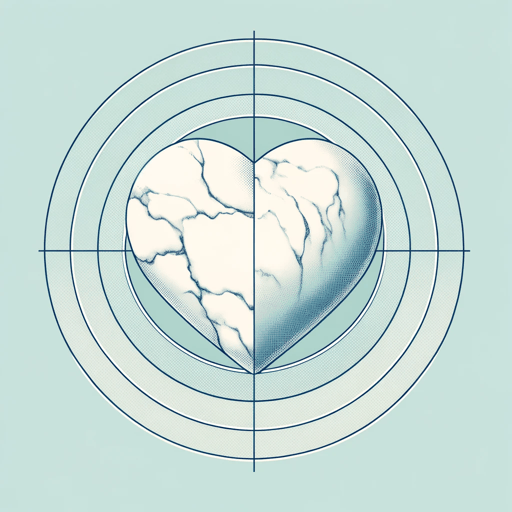
Ethan Brand
Nathaniel Hawthorne
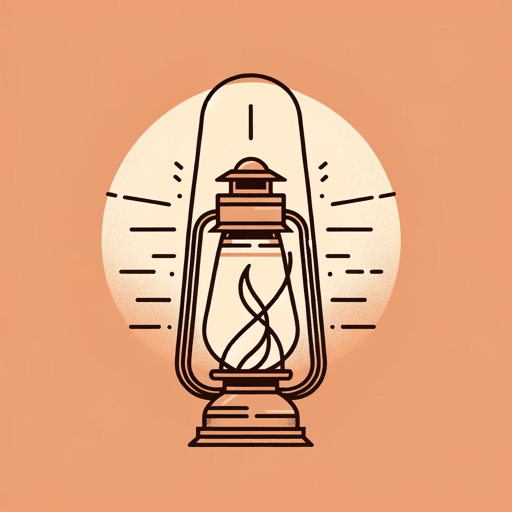
My Kinsman Major Molineux
Nathaniel Hawthorne
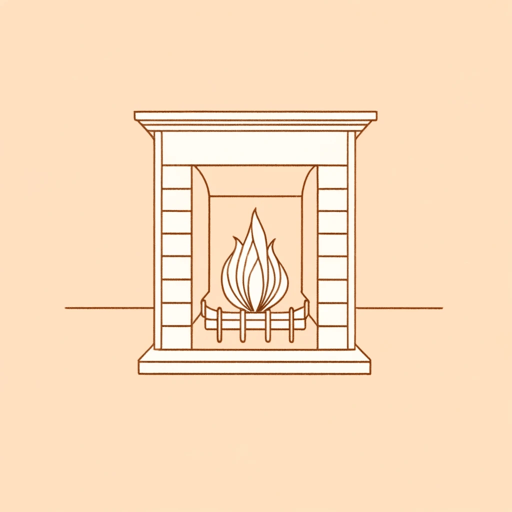
The Ambitious Guest
Nathaniel Hawthorne

The Artist of the Beautiful
Nathaniel Hawthorne
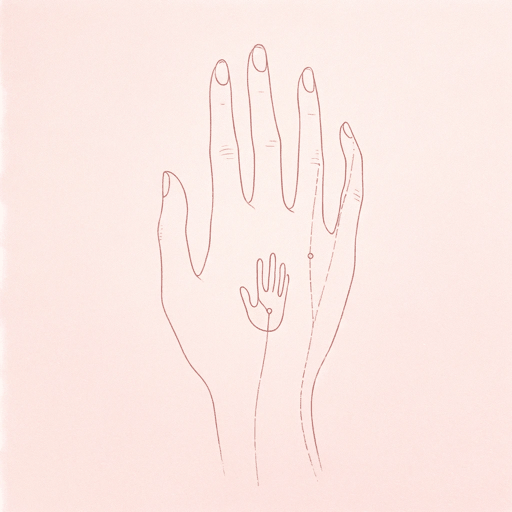
The Birthmark
Nathaniel Hawthorne

The Blithedale Romance
Nathaniel Hawthorne
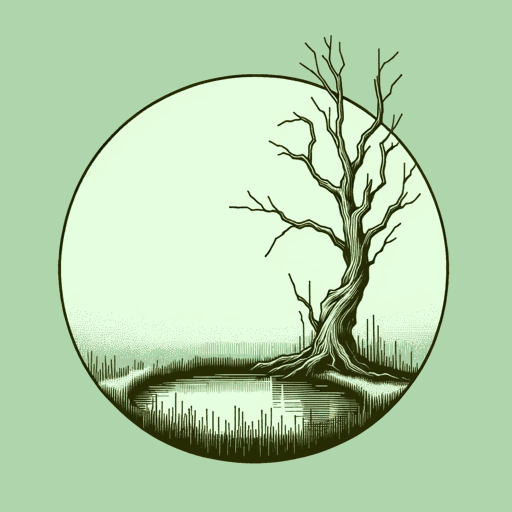
The Hollow of the Three Hills
Nathaniel Hawthorne
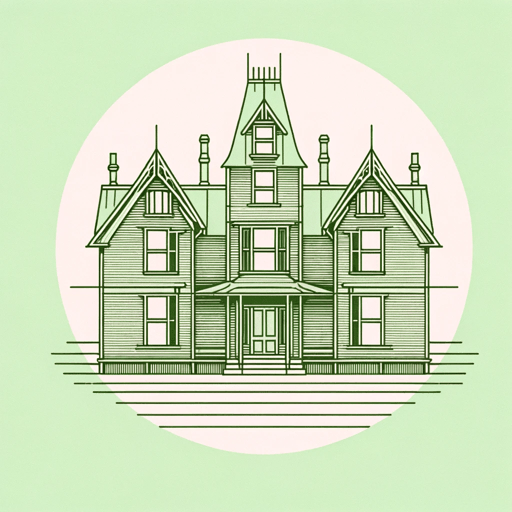
The House of the Seven Gables
Nathaniel Hawthorne

The Marble Faun
Nathaniel Hawthorne
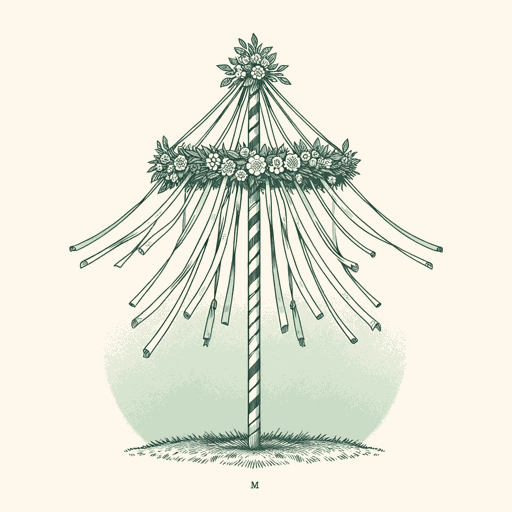
The Maypole Of Merry Mount
Nathaniel Hawthorne
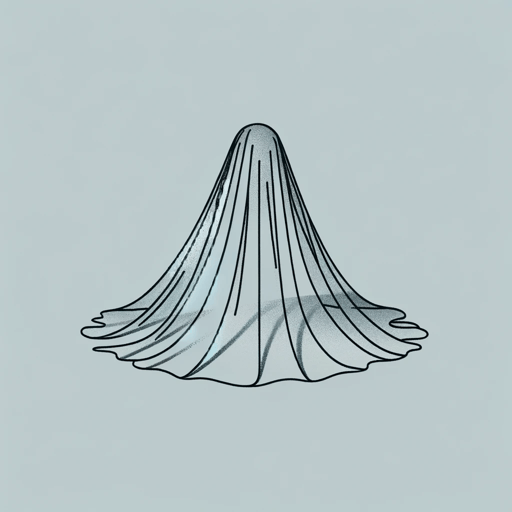
The Minister's Black Veil
Nathaniel Hawthorne

The Scarlet Letter
Nathaniel Hawthorne
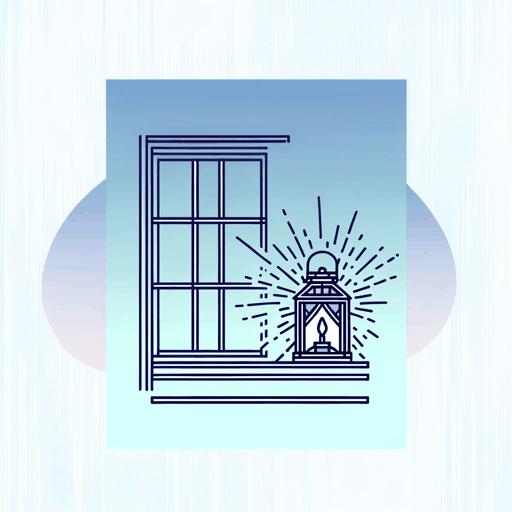
The Wives of the Dead
Nathaniel Hawthorne

Young Goodman Brown
Nathaniel Hawthorne

